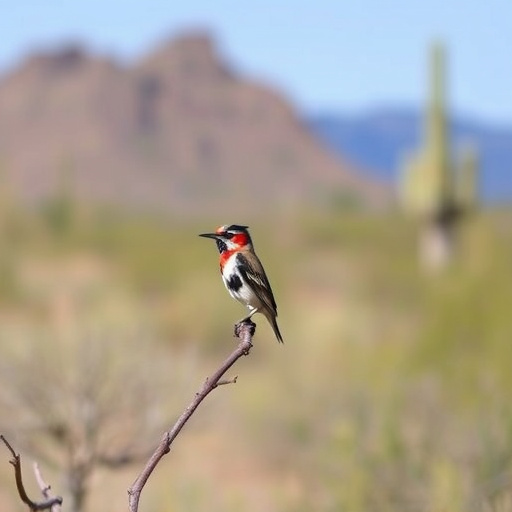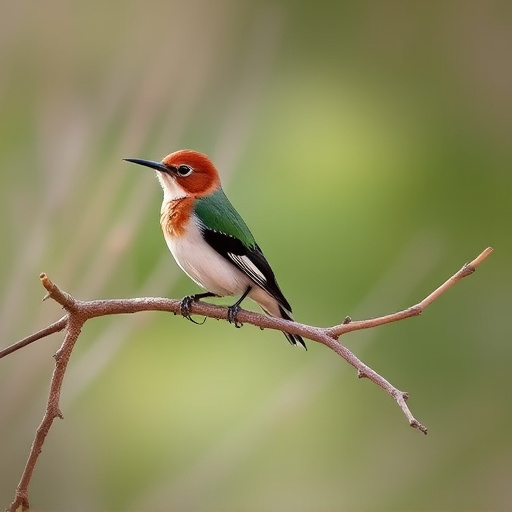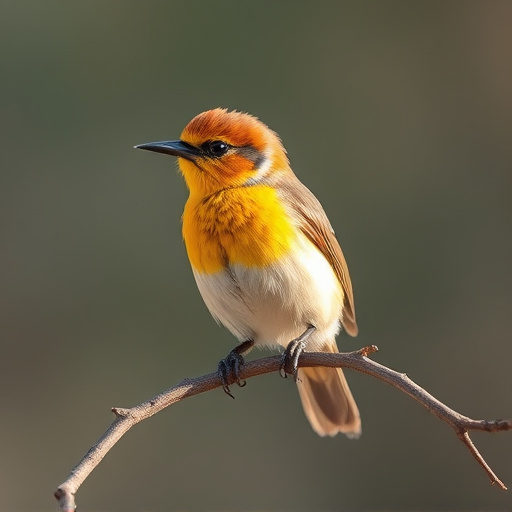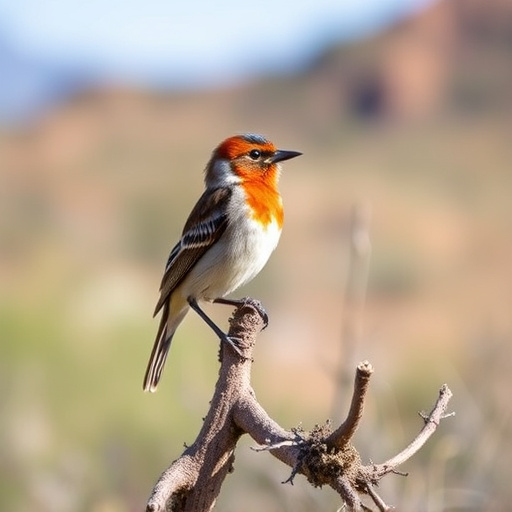Southern Arizona, with its diverse ecosystems, especially the Sonoita grasslands, is a premier destination for birding enthusiasts due to its rich variety of habitats and strategic location along migration routes. The Botteri's Sparrow breeding season highlights the region's unique allure, as these native birds perform intricate courtship rituals in the open grasslands. Monitoring these displays is vital for conservation efforts, providing data on population trends, ecosystem health, and guiding protective measures to ensure the survival of both Botteri's Sparrows and the diverse bird species that make southern Arizona a birder's paradise.
Explore the vibrant grasslands of southern Arizona and uncover a hidden gem for birders—Botteri’s Sparrow. This elusive species captivates researchers with its intricate territorial displays, offering a unique insight into avian behavior. In this article, we delve into the region’s rich ecosystem, known as a birding hotspot, where conservation efforts are enhanced through monitoring strategies targeted at Botteri’s Sparrow. Discover how these techniques contribute to preserving this captivating bird and its habitat in one of North America’s most diverse avifaunal areas.
- Birding Hotspot: Southern Arizona's Unique Ecosystem
- Botteri’s Sparrow: A Focus on Territorial Displays
- Monitoring Strategies and Their Impact on Conservation Efforts
Birding Hotspot: Southern Arizona's Unique Ecosystem

Southern Arizona is renowned as a birdwatcher’s paradise, boasting a diverse range of ecosystems that attract feathered friends from near and far. The region’s unique geography and microclimates create a captivating landscape for birding enthusiasts, offering a rich variety of habitats, from dense forests to vast grasslands. Among these, the Sonoita grasslands stand out as a crucial habitat for many species, including the elusive Botteri’s Sparrow.
This vibrant ecosystem, characterized by its lush grasses and wildflowers, provides an ideal environment for bird species to thrive. The open terrain allows for easy observation, making it a popular destination for birders seeking to spot rare and native birds. With its strategic location along migration routes, Southern Arizona’s birding hotspots, such as the Sonoita grasslands, play a vital role in supporting diverse avian life, making it a must-visit for bird enthusiasts exploring the region.
Botteri’s Sparrow: A Focus on Territorial Displays

Botteri’s Sparrow, a species native to the grasslands and scrublands of southern Arizona, is a focal point for birders seeking unique territorial displays during the breeding season. These small, yet distinctive birds engage in elaborate courtship rituals, often involving singing and aerial displays, to establish and defend their nesting grounds. Birding enthusiasts find themselves captivated by this spectacle, particularly within the lush grasslands of Sonoita, where Botteri’s Sparrow populations thrive.
The territorial displays not only provide an enthralling viewing experience for birders in southern Arizona but also offer valuable insights into the bird’s behavior and ecology. By observing these interactions, researchers can better understand nesting habits, mating patterns, and the overall health of local bird communities, making Birding in southern Arizona a haven for both nature lovers and scientific study.
Monitoring Strategies and Their Impact on Conservation Efforts

Monitoring Botteri’s Sparrow territorial displays in Sonoita grasslands is a significant strategy for conservation efforts in birding hotspots of southern Arizona. This involves careful observation and recording of bird behaviors, such as song patterns, nest location, and interactions with other species, all crucial data points for understanding population dynamics. By tracking these displays over time, researchers can identify trends, assess the health of the ecosystem, and pinpoint areas requiring protection or restoration.
This strategic monitoring enables conservationists to take informed actions. It helps in expanding habitat connectivity, ensuring birds have access to essential resources like food and nesting sites. Moreover, it facilitates early detection of potential threats, allowing for swift interventions that protect not only Botteri’s Sparrows but also the diverse array of bird species that depend on these grasslands for their survival and thriving birding experiences in southern Arizona.
In conclusion, Birding in southern Arizona’s unique ecosystem is enriched by Botteri’s Sparrow territorial displays, offering valuable insights into conservation efforts. Monitoring strategies play a pivotal role in understanding and preserving this species’ behavior, contributing to the broader health of the region’s diverse flora and fauna. By continuing to study and protect these grasslands, we can ensure that birding enthusiasts enjoy this natural treasure for generations to come.
